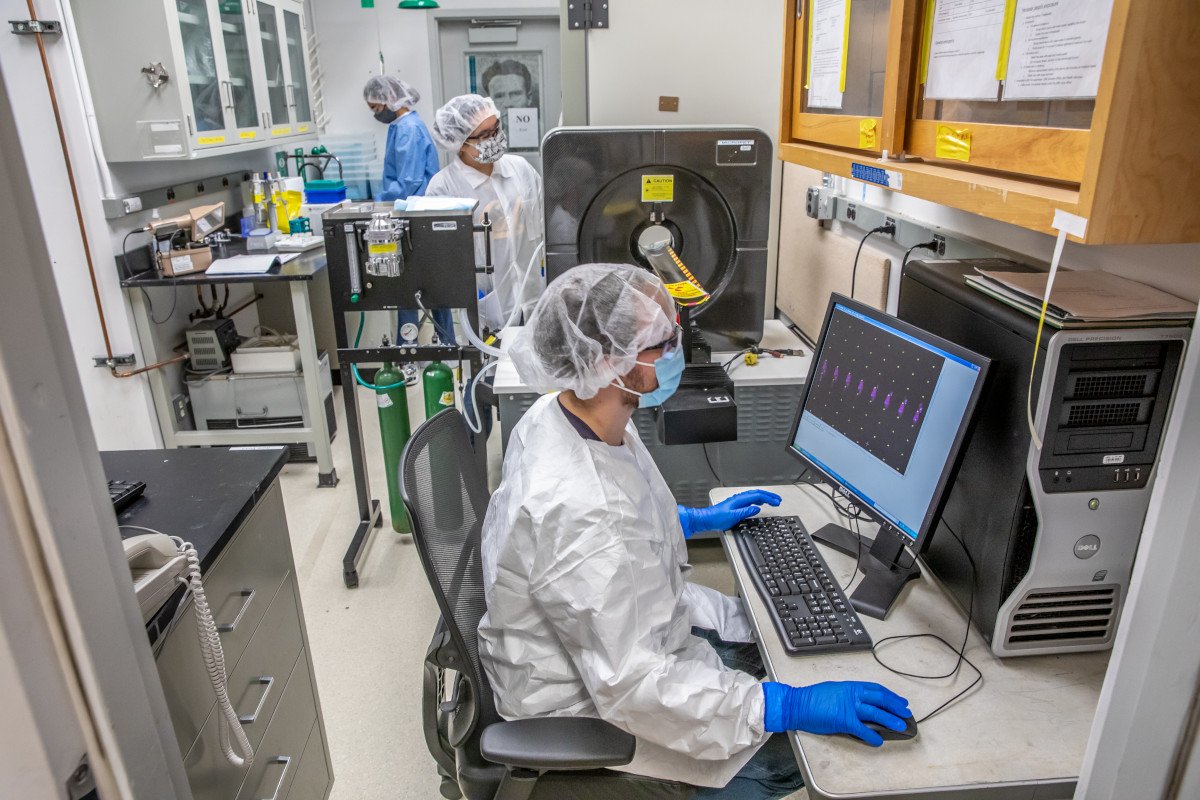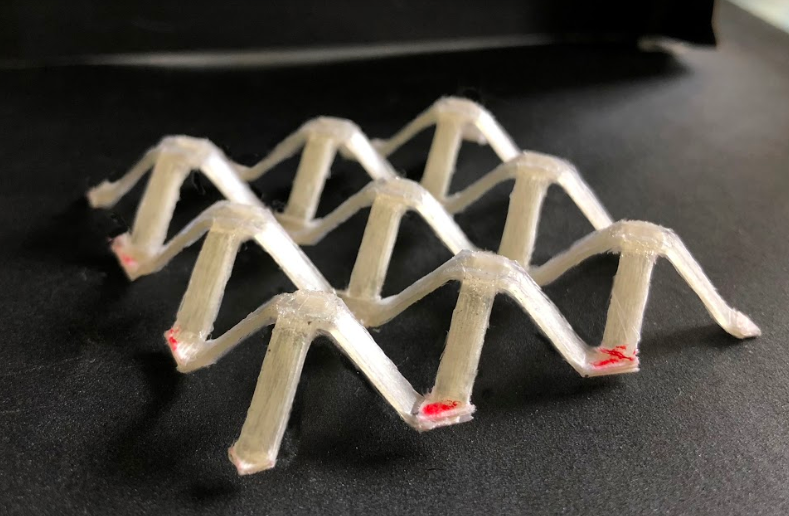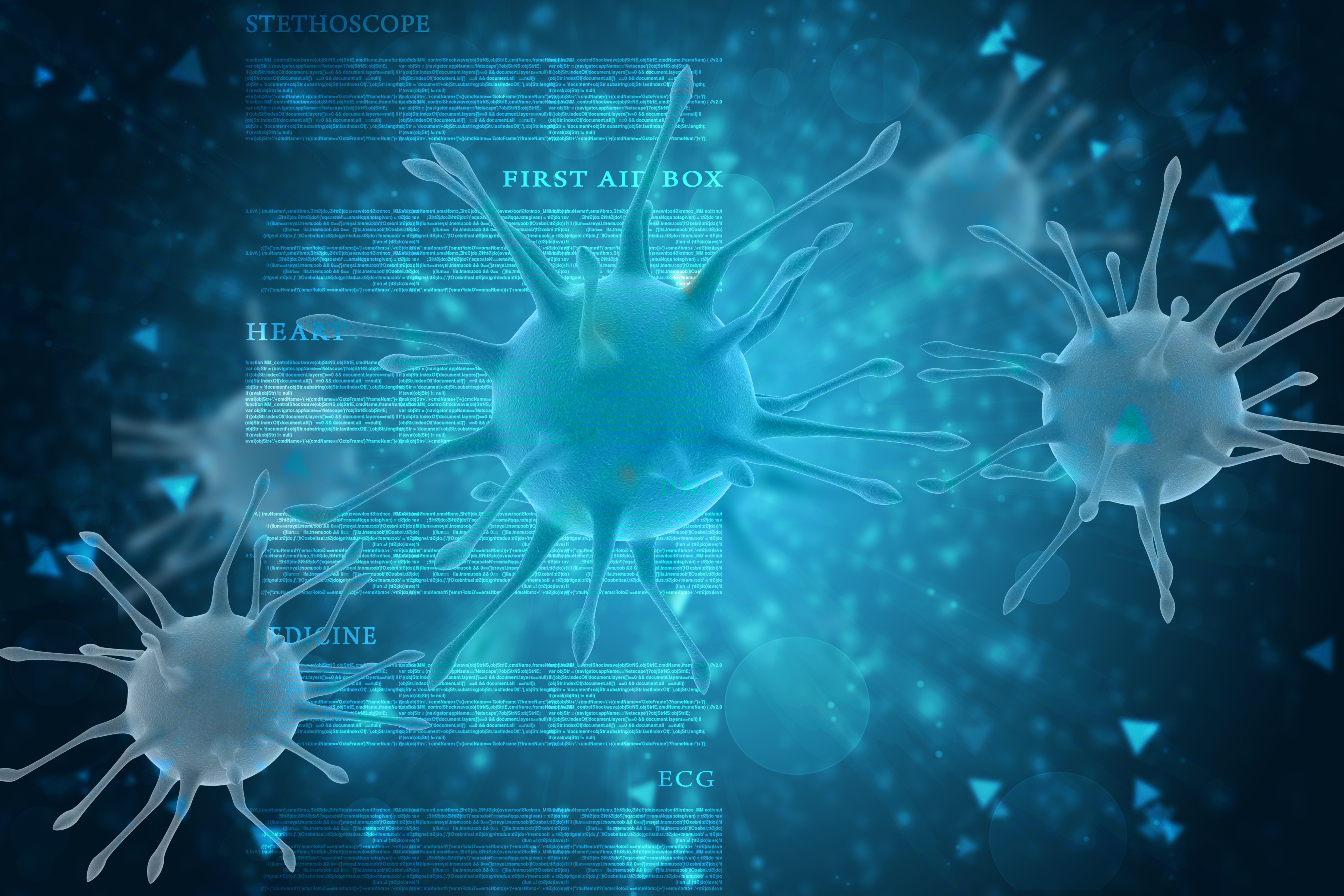Scientists from Immanuel Kant Baltic Federal University found out that mechanical impact on amorphic ferromagnetic wires during their heat treatment – annealing – improved magnetic properties of these composites. Such materials thanks to the ability to change their magnetization quickly can be used for creation of protective magnetic marks and trackers.
Tag: biomedical applications
From lab to life: 3D bioprinting unveils new horizons in biomedical applications
A cutting-edge review explores the convergence of three-dimensional (3D) printing and peptide self-assembly, unveiling a new era in biomanufacturing. This technology paves the way for creating sophisticated biomaterials, advancing the fields of tissue engineering and regenerative medicine.
WashU awarded up to $20M to create portable device to scan for eye diseases
Chao Zhou, a professor of biomedical engineering in the McKelvey School of Engineering at Washington University in St. Louis, has been awarded an up to $20 million contract from the Advanced Research Projects Agency for Health (ARPA-H).
Using AI to create better, more potent medicines
While it can take years for the pharmaceutical industry to create medicines capable of treating or curing human disease, a new study suggests that using generative artificial intelligence could vastly accelerate the drug-development process.
Digital Health Initiative Research Could Lead to More Reliable Health Apps
Seven University of Utah Health projects have received seed grants that could promote the development and use of more scientifically based digital health applications in daily health care.
Stretching the capacity of flexible energy storage (video)
Researchers in ACS’ Nano Letters report a flexible supercapacitor with electrodes made of wrinkled titanium carbide — a type of MXene nanomaterial — that maintained its ability to store and release electronic charges after repetitive stretching.
UNH Research: More Than One Way for Animals to Survive Climate Change
Researchers at the University of New Hampshire found that to live in hotter more desert-like surroundings, and exist without water, there is more than one genetic mechanism allowing animals to adapt. This is important not only for their survival but may also provide important biomedical groundwork to develop gene therapies to treat human dehydration related illnesses, like kidney disease.

Scientists Recruit New Atomic Heavyweights in Targeted Fight Against Cancer
Researchers from Berkeley Lab and Los Alamos National Laboratory have developed new methods for the large-scale production, purification, and use of the radioisotope cerium-134, which could serve as a PET imaging radiotracer for a highly targeted cancer treatment known as alpha-particle therapy.

Mixing silk with polymers could lead to better biomedical implants
By combining silk with synthetic compounds, researchers are getting closer to developing implantable composite materials with the best properties of both for biomedical applications. The researchers present their results today at the American Chemical Society Fall 2020 Virtual Meeting & Expo.

Next-gen nano technologies to tackle infection and diagnose disease
Next-gen nano technologies that can prevent infection and diagnose disease are set to transform the medical industry as this important UniSA research is awarded more than $2 million dollars under the National Health and Medical Research Council (NHMRC) 2021 Investigator Grants.

Finding answers in the ocean
The test being used to diagnose the novel coronavirus—and other pandemics like AIDS and SARS—was developed with the help of an enzyme isolated from a microbe found in marine hydrothermal vents as well as freshwater hot springs. Biomedical breakthroughs sometimes…